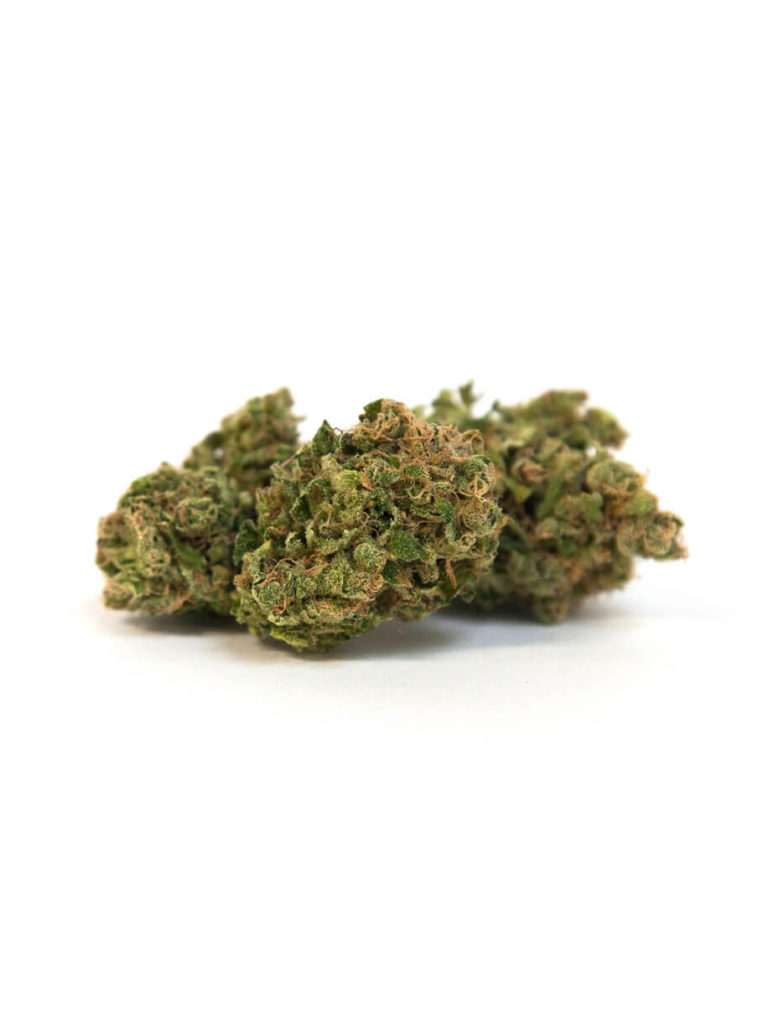Medical Marijuana – Expanded Properties and Usages
Weed is otherwise called pot, grass and weed yet its proper name is really cannabis. It comes from the leaves and blossoms of the plant Cannabis sativa. it is anything but an illicit substance in the US and numerous nations and ownership of cannabis is a wrongdoing deserving of law. The FDA characterizes cannabis as Schedule I, substances which have a high potential for mishandle and have no demonstrated clinical use. Throughout the long term a few investigations guarantee that a few substances found in cannabis have restorative use, particularly in fatal illnesses like disease and AIDS.

This began a savage discussion once again the advantages and disadvantages of the utilization of clinical cannabis. To settle this discussion, the Institute of Medicine distributed the popular 1999 IOM report entitled Marijuana and Medicine: Assessing the Science Base. The report was far reaching yet did not offer an obvious yes or no response. The contrary camps of the clinical weed issue frequently refer to part of the report in their support contentions. In any case, albeit the report explained numerous things, it never settled the contention for the last time.
- Marijuana is normally happening spice and has been utilized from South America to Asia as a home grown medication for centuries. Nowadays when the all regular and natural best cbd flower are significant wellbeing trendy expressions, a normally happening spice like cannabis may be more interesting to and more secure for purchasers than engineered drugs.
- Marijuana has solid restorative potential. A few investigations, as summed up in the IOM report, have seen that cannabis can be utilized as pain relieving, for example to treat torment. A couple of studies showed that THC, a pot part is compelling in treating ongoing torment experienced by malignancy patients. In any case, concentrates on intense torment, for example, those accomplished during a medical procedure and injury have uncertain reports. A couple of studies, additionally summed up in the IOM report, have exhibited that some marijuana segments have antiemetic properties and are, along these lines, compelling against queasiness and spewing, which are normal results of malignancy chemotherapy and radiation treatment.
A few analysts are persuaded that cannabis has some remedial potential against neurological illnesses like different sclerosis. Explicit mixtures extricated from marijuana have solid remedial potential. Cannabidiol CBD, a significant part of cannabis, has been displayed to have antipsychotic, anticancer and cell reinforcement properties. Other cannabinoids have been displayed to forestall high intraocular pressure IOP, a significant danger factor for glaucoma.
Medications that contain dynamic fixings present in marijuana yet have been artificially delivered in the research centre have been supported by the US FDA. One model is Marinol, an antiemetic specialist showed for queasiness and spewing related with malignancy chemotherapy. Its dynamic fixing is dronabinol, an engineered delta-9-tetrahydrocannabinol THC.